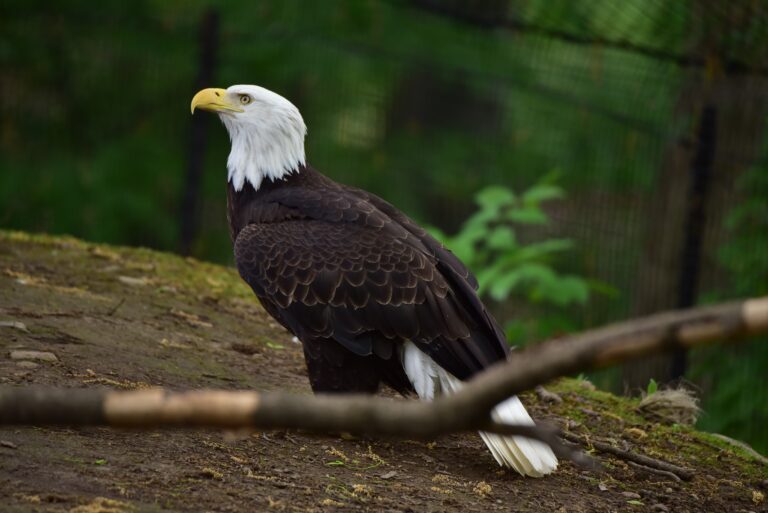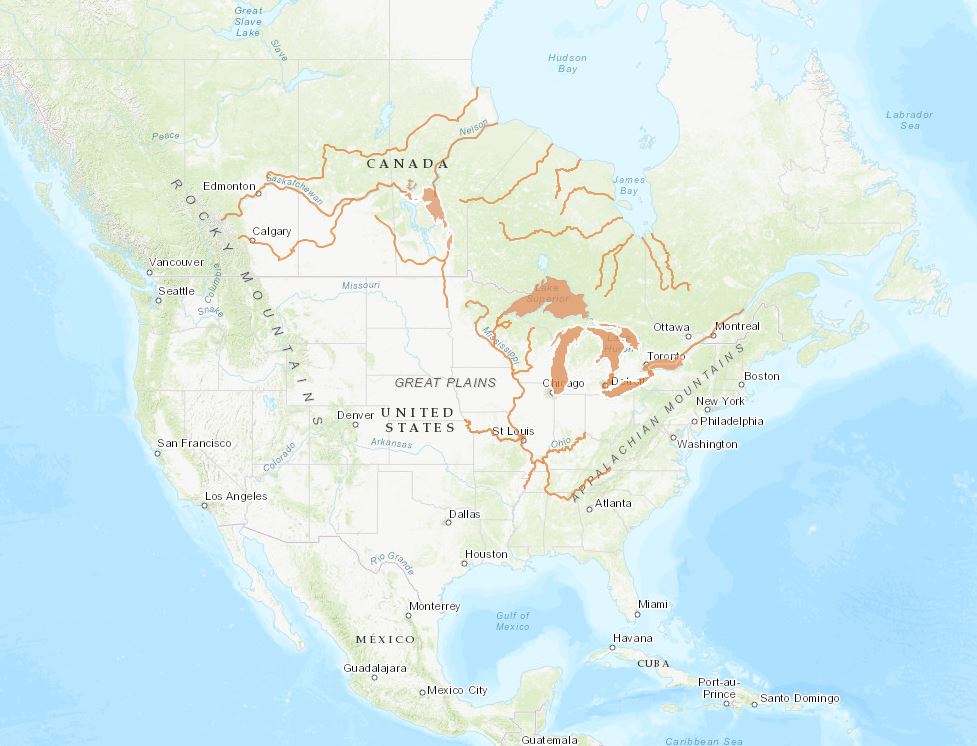

(Acipenser fulvescens)
Called the “Dinosaurs of the Great Lakes,” the lake sturgeon is the oldest and largest native species of fish in the Great Lakes. Because of this, sturgeon are kind of like swimming fossils. Lake sturgeon are bottom-feeders with sensitive spade-like snouts and armor-like plates for protection. Fingerling sturgeon are raised at the Zoo, and some are released into the Genesee River each year as part of a reintroduction program led by the USGS and NYSDEC. The Zoo’s sturgeon reside in the E.C.O. Center.
These carnivores eat snails, mollusks, worms, crayfish and larvae.
International Union for Conservation of Nature (IUCN) Red List status
Lake sturgeon were once so abundant in the Great Lakes region that they were caught and discarded by fishermen. Today they are rarely seen and are considered a threatened and vulnerable species. Over harvested for their eggs, oil and meat, the lake sturgeon’s numbers have also dropped because its spawning grounds are being destroyed and polluted. The lake sturgeon’s extremely slow reproductive cycle also makes it susceptible to decline. In 2003, the U.S. Geological Survey along with the New York State Department of Environmental Conservation stocked the Genesee River with 1,900 juvenile lake sturgeon in an effort to restore the species to its natural habitat.


Seneca Park Zoo Society is a tax-exempt 501(C)(3) nonprofit organization. Your gift is tax-deductible as allowed by law.
Seneca Park Zoo is a smoke-free facility.
Copyright © Seneca Park Zoo 2022